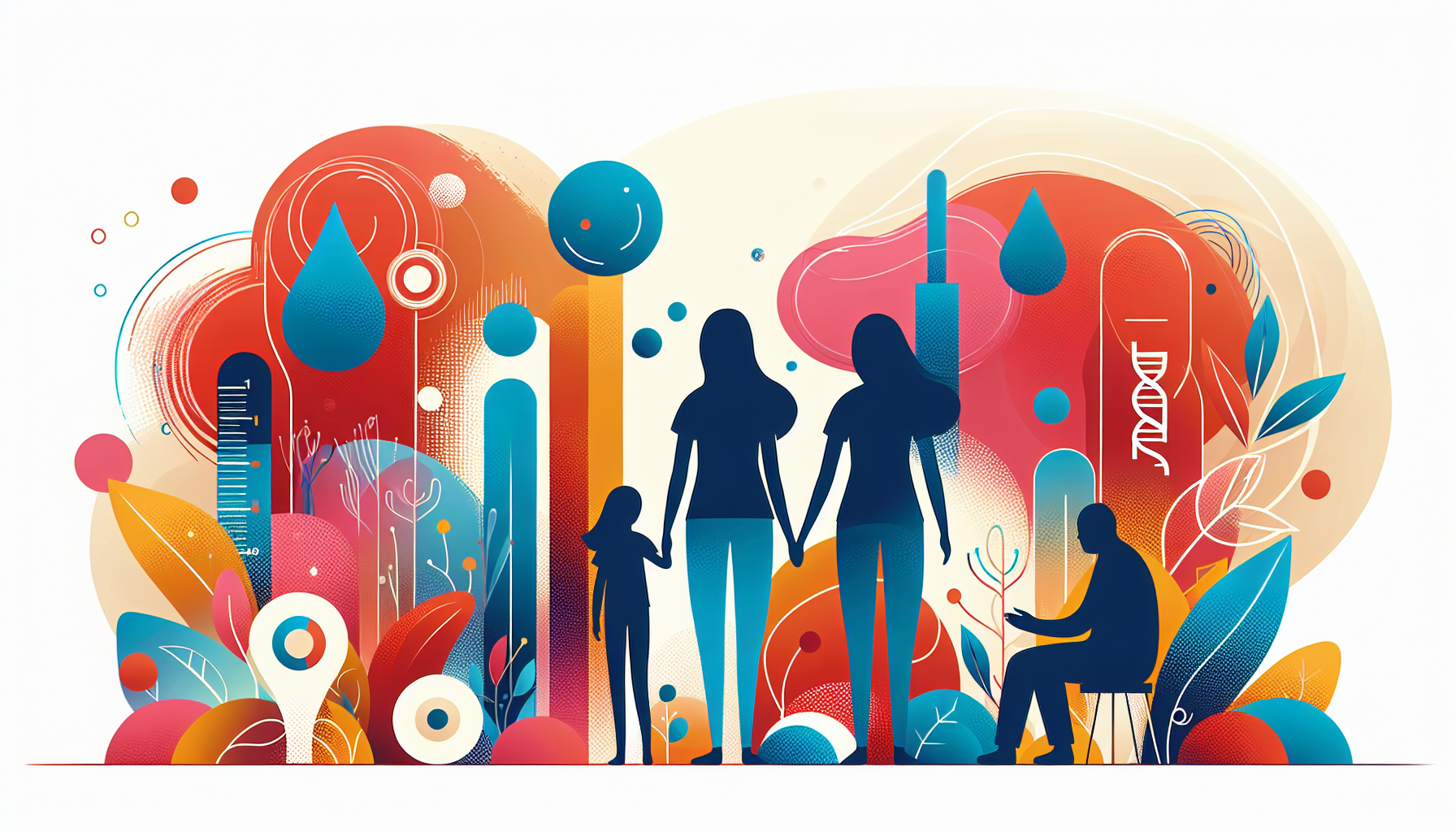As a parent, it's important to be aware of the signs and symptoms of type 1 diabetes in children. While it's normal for babies and small children to sleep and drink a lot, a sudden increase in drowsiness or thirst could indicate a more serious problem. In this article, we'll discuss what type 1 diabetes is, the symptoms to watch for, and when to seek medical help.
What is Type 1 Diabetes?
Type 1 diabetes is an autoimmune disorder that occurs when the body's defense system attacks and destroys the cells in the pancreas that produce insulin. This is different from type 2 diabetes, which is often linked to obesity and typically occurs in adults (though it can also occur in children, usually after age 10). Without enough insulin, the body cannot properly regulate blood sugar levels.
Symptoms of Type 1 Diabetes in Children
The symptoms of type 1 diabetes in children can come on very suddenly. Some of the most common signs to watch for include:
Sudden strange behavior (acting drunk)
Breath that smells fruity, sweet, or like wine
Extreme drowsiness or lack of energy
Ongoing, intense thirst
Heavy breathing or grunting while breathing
Huge appetite
Sudden vision changes
Sudden weight loss
Peeing more often (infants and toddlers may have more wet diapers than usual)
Difficulty breathing
When to Call a Doctor
If you notice any of the above symptoms of type 1 diabetes in your child, it's important to schedule a physical exam with their doctor as soon as possible. The doctor can perform a simple urine test to check for glucose (sugar) in the urine and a finger stick to measure preliminary blood glucose level. A more involved test called an oral glucose tolerance test can provide a definitive diagnosis.
If your child has already been diagnosed with type 1 diabetes, it's important to be aware of the signs of a low blood sugar emergency. These can include:
Blurry or double vision
Cold, clammy skin
Confusion
Dizziness
Drowsiness or tiredness
Extreme or sudden hunger
Headache
Pale, moist skin
Rapid pulse
Shallow breathing
Sweating
Weakness
Low blood sugar can be life-threatening to children with type 1 diabetes. If your child ever passes out or has seizures, call 911 or get emergency medical help right away.
For more information on type 1 diabetes in children, visit the JDRF website or the American Diabetes Association website.



